I wanted to try this recipe as soon as I saw it. Although I often have this reaction to beautiful photos of food on blogs or Instagram, when I’m reading three hundred-year-old culinary manuscripts online it’s a different story. I’m curious, puzzled, intrigued, but rarely inspired to drop everything and prepare Fish Custard immediately. I was flipping through one of my favorite manuscripts in the collection, MS. Codex 252, and had an this uncharacteristic reaction: I needed to preserve some apricots right away. This recipe has a lot of elements that I like — stone fruit, very few ingredients, and a low-stakes preserving method. I also had a good reason to believe that it was a particularly reliable or tasty recipe.

This circle and X marking next to the recipe title indicates that someone cooking from this book prepared preserved apricots and the recipe, most likely, worked. I first learned about these circles, checks, ticks, fleurons, and other marks in recipe books when I heard Wendy Wall deliver a lecture about Shakespeare and early modern women’s medicinal knowledge. (I’m excited to read her new book, Recipes for Thought, when it comes out this fall. ) Wall and other historians of food and medicine consider markings like these part of the progression of scientific knowledge in the kitchen. They are the handwritten remains from many otherwise undocumented experiments. Cooks tried recipes and made (a few) notes about how they turned out. In this same manuscript the recipe for Could Possett was also marked and we loved how that refreshing drink turned out!
Whoever marked this recipe for preserving apricots– the compiler, a household cook, a member of the family from a later generation — was completely correct. This recipe works beautifully and the preserved apricots are a versatile and delicious ingredient to put up as the cold months approach.
The Recipe

X To presarue Aprecokes
Take aprecokes that be new gathered pare them and stone
them and put them into fare water as you pare them your water
must be luke warme then take as much clarefied sugar as will
melt cover them then take a warme cloth and lay them upon
it to drinke away the must water from them when you haue
dryed away the water put them into that clarfied sugar and
heat them upon a soft fire not letting the boyle but now and
then turning and skiminge them when you haue turned them
oft and se them grow tender take them of the fire and put
them into a bason next day warme them twice halfe at a time in
the same surup thay lay in last time you warmd them then take them
up and set them a droping upon a warme dish side and then put
them into that surup a quarter of pound of frish sugar and let it
boyle till it come to a thicke surup then betwixt hot and could put
them and you may keep them all the yeare
Our Recipe
It’s simple: peel and pit the apricots, wash them, cook them in their own juices with a bit of sugar, cover them with sugar syrup.
Our recipe is for a small amount of fridge-stable, not shelf-stable, preserved fruit. When we acquire a proper canning set-up here at Rare Cooking, we’ll start preserving everything in sight in large quantities. In the mean time, we’re sticking to fridge pickles, freezer jam, and small batches. The apricots should last for a few weeks in the fridge (if you can stop yourself from devouring them all at once.) If you’re a canning whiz and decide to try your hand at this recipe, please share your method in the comments for other interested readers.

preserved apricots

preserved apricots
Ingredients:
Part 1: To cook the apricots
8 apricots
1T sugar
Part 2: To make the simple syrup
1/4 c sugar
1/4 c water
Method:
Part 1: To cook the apricots
Peel the apricots and remove the pits. Quarter or halve the apricots, depending on their size and your preference. Wash them and let them dry completely on a dish cloth. (I set them aside for about an hour and did other things, but I also think you could skip this step if you are in a hurry.)
Put the apricots in a small pot and sprinkle them with sugar. Cover with a lid and begin to cook on a low heat. After a minute, check and see if the apricots are releasing their own juice. If they’re sticking or the mix isn’t juicy, add 2T water. Cover and cook the apricots for about five more minutes. The apricots should be tender, but still hold their shape. Remove the apricots from the heat and leave in the pot to cool.
Part 2: To make the simple syrup
In the original recipe, the apricots rest in their juice overnight before they are stored in syrup. Since I wanted to serve them as part of desert that same night, I let them sit for about three hours.
Sterilize a mason jar. Here are a few ways to do this: fill the jar with boiling water, heat the jar in an oven, or wash the jar in a dishwasher.
Return the pot to the stove and heat the apricots in their juices on a low heat.
In a separate pot, make a simple syrup. Mix water and sugar and bring to a boil until all the sugar crystals are dissolved.
Pour the apricot mix into your prepared mason jar. Cover with the hot simple syrup. Label your jar. Allow the apricots to cool before you dig in.
The Results
These apricots taste like summer in a jar. They’re sweet, but not cloying. Alyssa came over for dinner and we ate these spooned onto Dolcezza brown butter gelato. They’re delicious with plain yogurt. When I’ve used all the fruit, I’m going to stir the remaining syrup into sparkling water and sparkling wine.
With minor variations, this recipe would work for most summer stone fruits. Peaches and plums come to mind immediately. Unlike apricots, they’re still available at the farmer’s market in Philly and I know that their season is almost over. The simple syrup component is also ripe for innovation. By infusing the liquid with fresh herbs and dried spices and then straining, these apricots could be seasoned with cinnamon, rosemary, or even coriander.
Now that I’ve fulfilled my apricot craving, I might preserve some peaches with a thyme-infused simple syrup this week before the peaches disappear and my thyme plant goes into hibernation.

preserved apricots

preserved apricots

preserved apricots

preserved apricots

preserved apricots
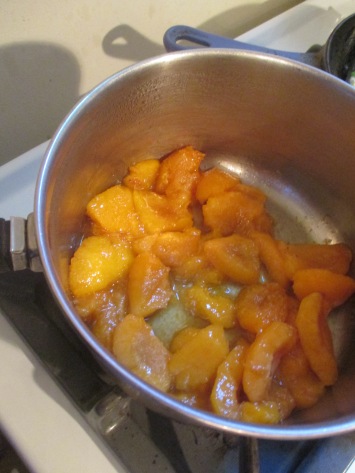
preserved apricots

preserved apricots

preserved apricots

preserved apricots
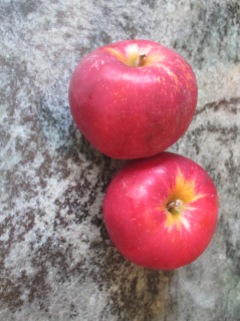




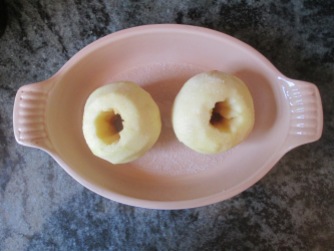














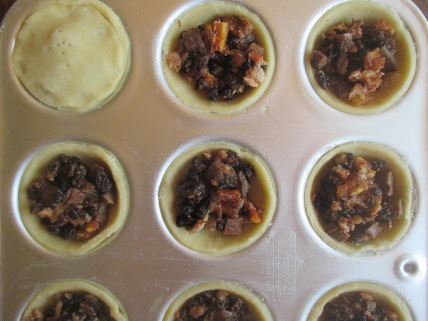












































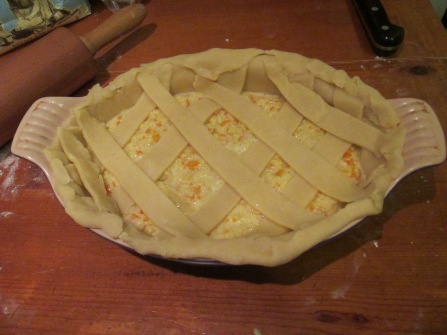


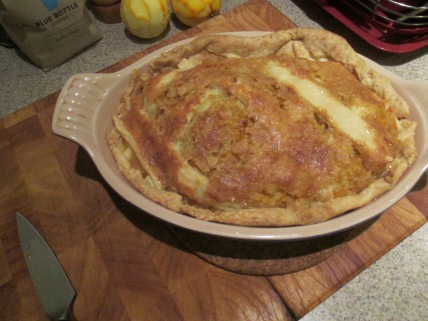

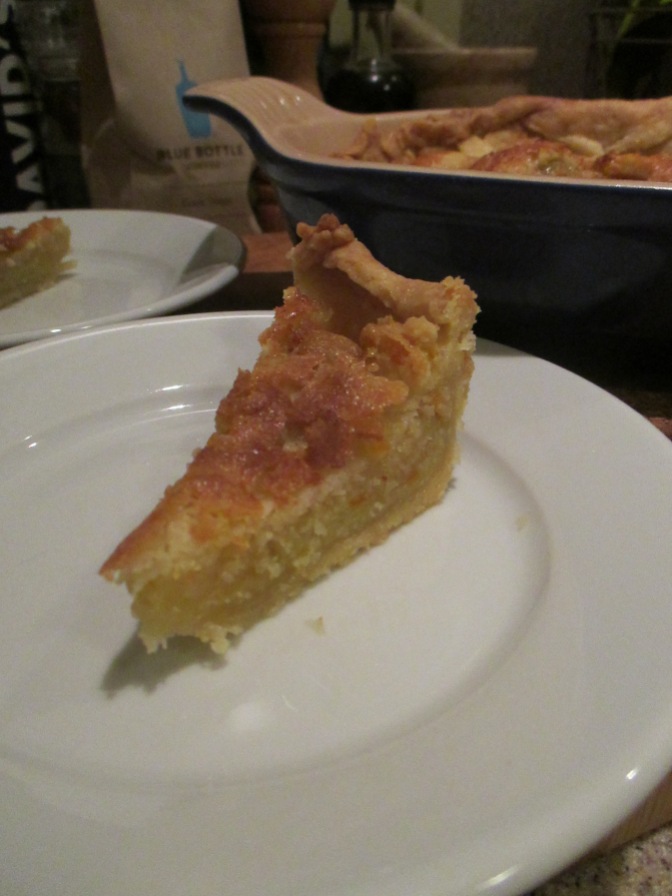




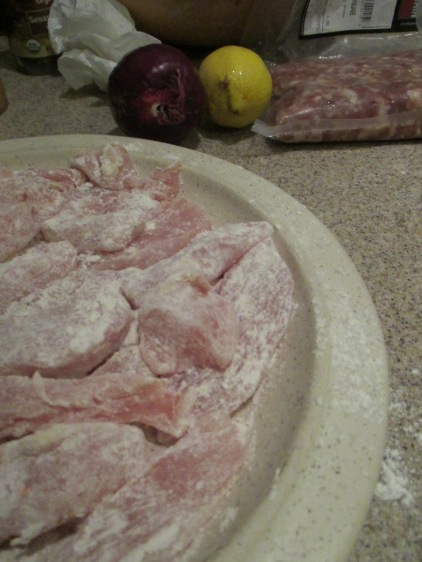


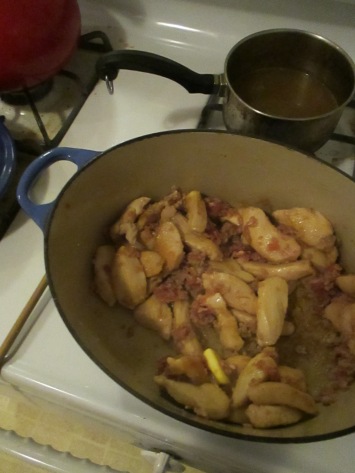










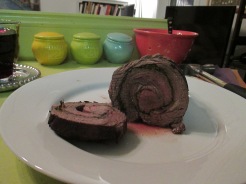

You must be logged in to post a comment.